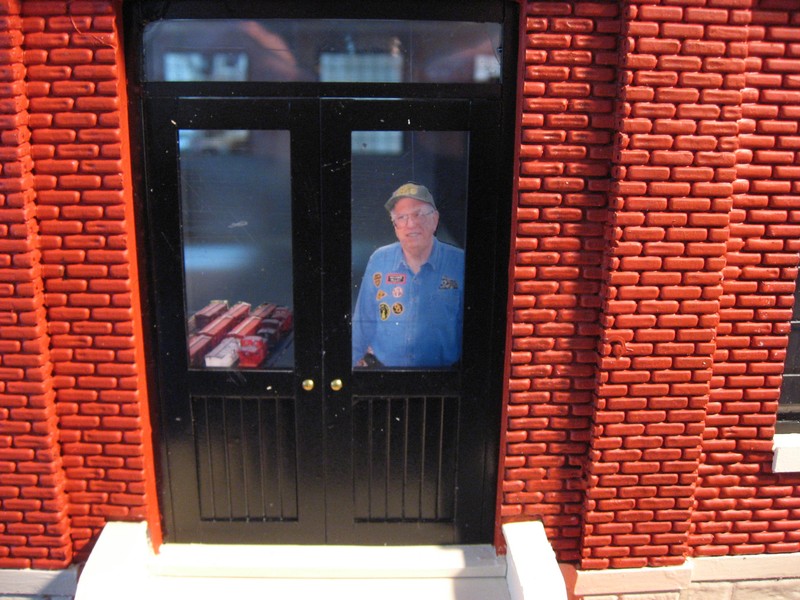A couple other things I forgot to mention… When scribing the glass, you want to it on a smooth, hard surface. However, I’ve found that it helps to place a sheet of paper under the glass. Not thick paper, just newsprint or printer paper will do.
Also, I run the scriber over the same line multiple times, and when I snap the glass I do it on the edge of the table or workbench. Sometimes it still doesn’t break exactly along the line. A small excess piece can be broken off with pliers, if necessary. In any case, don’t expect a highly precise fit. I try to build my window frames so that the glass will be secured to the back of the frame, allowing some room to fudge it a little if the glass isn’t perfectly cut.


